Helen, Queen of the Nautch Girls
@Asim Deb
With the release of Bollywood film Dil, Daulat Duniya in the year 1972, the Hazel-Eyed-Chic-Sleek-gorgeously glamorous twinkle-toed charmer of the silver screen incidentally finished the 500th film of her career. Congratulations on a 5th century score! Perhaps, it was a record all over the world for any film artist.
This was the caption that precipitates Helen, dancer superstar of Indian cinema, bursting onto the screen in a cacophony of jangles and spangles. Helen, Queen of the Nautch Girls, a half-hour documentary, sketches a portrait of the public and private personae of the all-singing, all-dancing deity of the most prolific film industry in the world. “I could never walk on the streets. I had to wear a veil. They used to go berserk when they saw me.” – Helen
The short 31 minute documentary Helen, Queen of the Nautch Girls (1973), made with a modest cost of $17,000 only, was a homage to the Indian movie dancer Helen, who may possibly hold the highest regards as a person, and also the most famous dancer, and beloved of all. A nautch girl in India is one who specializes in demonstrating a wide variety of popular dances. Directed and narrated by Anthony Korner, this portrait was written by James Ivory who had worked with Helen in the unforgettable opening sequence in Bombay Talkie (1970). In that scene, Helen, accompanied by numerous chorus girls, performs a dance on the keyboards of a giant typewriter while flirting and singing a duet with her co-star, Shashi Kapoor.
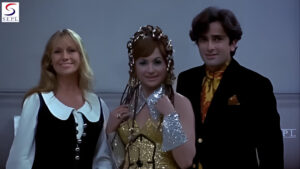
In the course of the documentary “Queen of the Nautch Girls”, we learn that Helen had an American father and a Burmese mother and that the family had to flee to India during WWII when the Japanese invaded Burma. She was born Helen Richardson-Khan on October 21, 1939 in Burma. Her father died during WWII and her mother was forced to leave Burma and flee to India with little Helen and the rest of her children.
…we trekked alternately through wilderness and hundreds of villages, surviving on the generosity of people, for we were penniless, with no food and few clothes. Occasionally, we met British soldiers who provided us with transport, found us refuge and treated our blistered feet and bruised bodies and fed us. By the time we reached Dibrugarh, our group had been reduced to half. Some had fallen ill and left behind, some died of starvation and disease. My mother miscarried along the way. The survivors were admitted to the Dibrugarh hospital for treatment. Mother and I had been virtually reduced to skeletons and my brother’s condition was critical. We spent two months in hospital. When we recovered, we moved to Calcutta, and sadly my brother died there due to smallpox”
Helen’s mother could get a nursing job but not enough money on her own to support her family, so Helen left school and started working in films to help with the family’s financial burden. Helen was introduced to Bollywood when a family friend, an actress Cuckoo, helped her find jobs as a as a chorus girl or back-up dancer, in films Shabistan (1951) and Awaara (1951). Then she was soon working regularly in short roles and featured as a solo dancer in films such as Alif Laila (1954) and Hoor-e-Arab (1955), as a street singer in Mayurpankh (1954). Her big breakthrough role came in 1958 when she was only 19 years old in the Bollywood film Howrah Bridge (1958), performing with the song “Mera Naam Chin Chin Chu” in Shakti Samanta’s film Howrah Bridge. It was a difficult time for the family that made her such a tireless, hard-working performer (she often worked in two long daily shifts and with only a brief break for lunch between morning and evening).
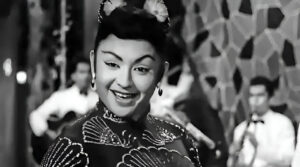
As the sixties approached she was becoming a recognizable name in the Bollywood film industry, and in the following decade. Then, in a career spanning 70 years, she appeared in over 1000 films making her a prolific performer in the Indian cinema, an amazing accomplishment for any performer. She received two Filmfare Awards. In 1999 she received the Filmfare Lifetime Achievement Awad. In 2009, Helen was awarded with the Padma Shri award. A book about Helen was published by Jerry Pinto in 2006, titled The Life and Times of an H-Bomb, which in the year 2007, went on to win the National Film Award for Best Book on Cinema.
The dancer’s mass appeal in India was best described by Robert Emmet Long in his book The Films of Merchant Ivory: “The dance numbers she performs sometimes involve melodramatic situations that may provoke a smile (in one Helen taunts a black convict locked in a cage who is driven to desperation to get at her); but one’s reactions are actually more complicated than this. Helen manages to generate a sense of excitement (at times perhaps even of danger) as the lid of Pandora’s box is opened, and the many shapes of forbidden desires and fantasy are released. Reinforced by the surging rhythms of background music, and the camera’s powerful concentration on her….Helen draws one into a dream world.”
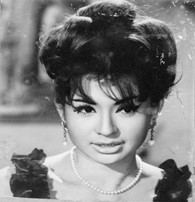
Helen, Queen of the Nautch Girls is a wonderful introduction to the genre and one of its leading stars. In 1999, Canadian filmmaker Eisha Marjara made an independent experimental film entitled Desperately Seeking Helen that was a highly personal account of her search in India for the famous superstar among other things.
It would have been easy to poke fun at the crass kitsch of the Bollywood hit parade that opens the film, but James Ivory’s socio-artistic commentary (narrated by director Anthony Korner) sets a detached, almost disinterested tone, lending the documentary a gloss of seriousness. As Helen shimmies through a series of film clips in a blur of noisy colour, she and the phenomenon of her popularity are verbally examined.
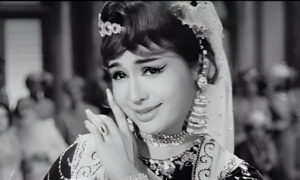
The strict ethical code with kissing and even affectionate touching expressly forbidden by the censors, the dance assumes a surrogate sexuality that the characters themselves cannot consummate. It is difficult to imagine her here, in the privacy of her dressing room, splashing herself around the gaudy cabaret film sets with their aura of promiscuity and ostentatious theatricality. Yet this in itself is testament of sorts to her professional dedication. She wants to be taken seriously as an artist, and Ivory and Korner allow her that dignity, despite the whimsical undertones. They seem to have found in her the core dignity that carries off – even vindicates – the kitsch and glitz of an entire nation, and justifies the most popular genre in motion picture history.
SOURCES:
The Films of Merchant Ivory by Robert Emmet Long (Abrams), Cinebeats, Filmiholic.
http://www.merchantivory.com/film/helenqueenofthenautchgirls
https://cinebeats.wordpress.com/2007/09/12/helen-queen-of-the-nautch-girls/
http://filmiholic.com/helen-queen-of-the-nautch-girls/
http://sensesofcinema.com/2003/cteq/helen_queen_nautch/
http://www.tcm.com/this-month/article/430514%7C412894/Helen-Queen-of-the-Nautch-Girls.html

Helen, Queen of the Nautch Girls:
Narration & Direction: Anthony Korner
Producer: Ismail Merchant
Screen Writer: James Ivory
Editor: Andrew Page
Photographer: Anwar Siraj, R.M. Rao
*******

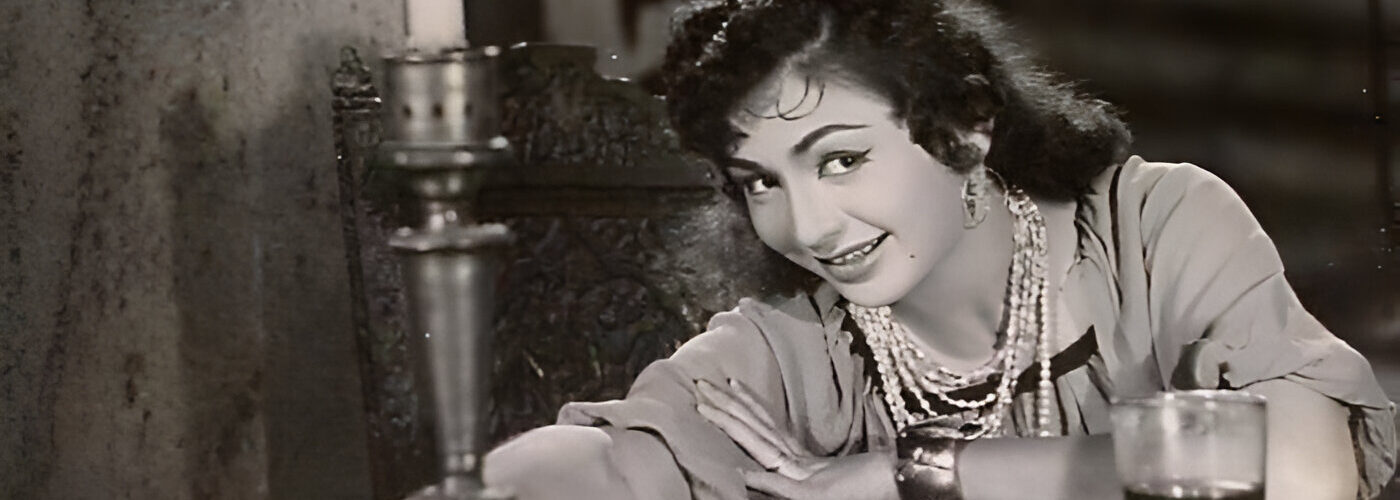

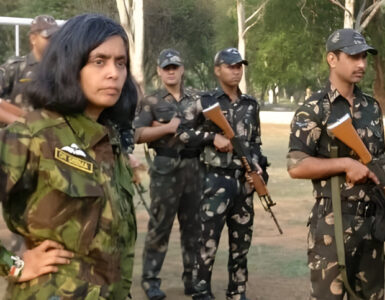
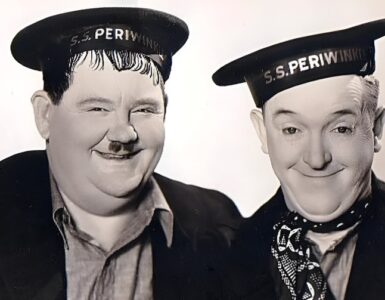









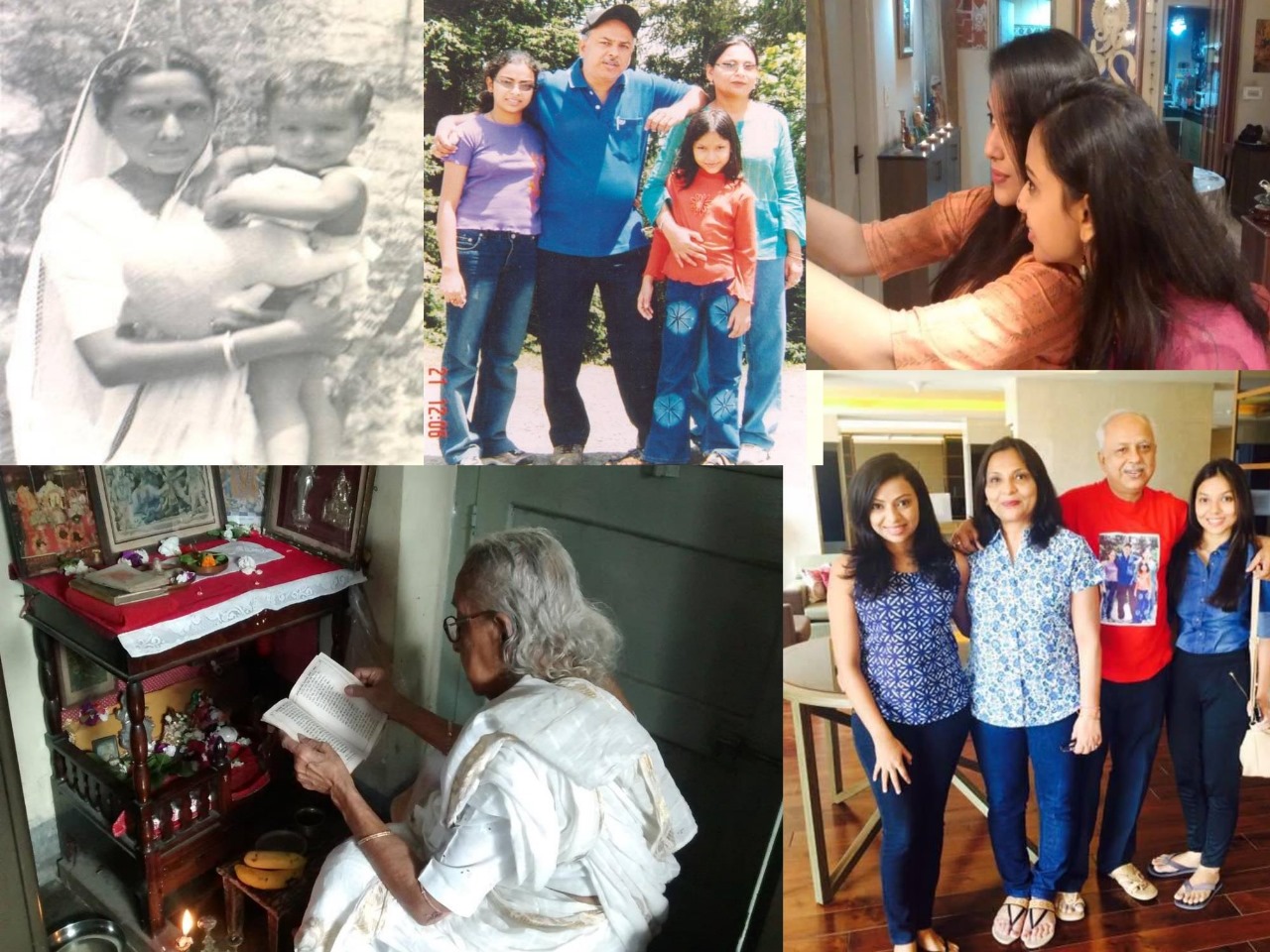
হেলেন বলতেই আমাদের মনে এসে ক্যাবারে ড্যান্সার। কিন্তু বলিউড ফিল্মে এনার কোনরকম বাজে কথা বা গুঞ্জন কোনোদিন শোনা যায় নি। প্রথম সারির অনেক অভিনেত্রীদের নামে অনেক স্ক্যান্ডাল শোনা গেছে, কিন্তু হেলেন ব্যক্তিগত জীবনে নিজের মর্যাদা নিয়ে অত্যন্ত সচেতন ছিলেন।
খুবই সুন্দর লিখেছেন ওনাকে নিয়ে।
The article projects Helen with her due respect, that she truly deserves. A Bollywood dancer, never at the centre of any gossip, never in controversy, but silently did her works.
Beyond doubt, she was the best in her character role for 3 decades, not many in Bollywood could achieve.
Thanks for the article.
আমি যখন কলেজে, তখন হেলেন মোটামুটি ৪০+ বয়স, কিন্তু নিজের ফিগার ধরে রেখেছেন, গ্ল্যামারে কোন খামতি নেই। পরে আমি ওনার পুরনো অনেক ফিল্ম দেখেছি।
একজন সত্যিকারের ভদ্র আত্মমর্যাদাসম্পন্ন অভিনেত্রী নিজেকে সর্বদা বিতর্কের উর্দ্ধে রাখতে পেরেছেন। বলিউডে বিরল দৃষ্টান্ত।
There was a time when Helen was a must in casting. Though always in negative role, she could create an impact which many leading actresses could not.
One of the most respected women in the Bollywood community, she was always above any personal gossips.
This article is a true tribute for the Dance Queen of Indian movies.
ভারতীয় সিনেমায় হেলেন একজন উপেক্ষিত অভিনেত্রী, তাঁর আরও অনেক স্বীকৃতি দেওয়া উচিৎ ছিল। সিনেমা জগতে অত্যন্ত সম্মানিত ছিলেন। তাঁর সম্পর্কে কোনো গসিপ শোনা যায় নি।
হেলেনকে তার উপযুক্ত সন্মান দিয়ে এই লেখাটির জন্য অনেক ধন্যবাদ জানাই।
নমস্কার।
Thanks Asim for taking us back the memory lane . No movie was complete without Helen belting out an odd number. You really have the art of bringing out nostalgic memories to life again. Keep writing
Thanks Asim for taking us down the memory lane Helan, the beautiful was a highly talented dancer and no movie was complete without her item dance. Enjoyed reading this nostalgic piece, keep writing.GOD BLESS
যদিও হেলেন প্রধানত খল চরিত্রেই অভিনয় করছেন, কিন্তু ব্যক্তিগত ছিলেন জীবনে অত্যন্ত ভদ্র ও আত্মমর্যাদা সম্পন্ন একজন নারী, আর সব রকমের বিতর্কের উর্দ্ধে।
শেষের দিকে কিছু পার্শ্ব চরিত্রে অভিনয় করছেন ঠিকই , কিন্তু আরও আগেই উনাকে কিছু ভালো রোল দেওয়া উচিৎ ছিল।
এই লেখার মাধ্যমে হেলেনের স্মৃতিচারণ খুব ভালো লাগলো।
হেলেন আমার অতি প্রিয় একজন অভিনেত্রী। স্কুলে পড়ার সময় রাস্তায় হর্ডিং দেখতাম। পরে কলেজে গিয়ে অনেক সিনেমায় ……..
লাস্যময়ী চরিত্রে….
অসাধারণ নাচ…..
কয়েকটা সিনেমা যেমন তিসরি মঞ্জিল, …..
কোনো গসিপ শোনা যায় নি….
এরসাথে ওঁনার অসাধারণ নাচ শোলে তে কেও কোনোদিন ভুলতে পারবে না।
যাইহোক লেখকের এইরকম একটি চরিত্রের ওপরে লেখা খুবই প্রশংসনীয়। 👏🏽❤
Thanks to Asim Deb for bringing this saga of Helen, the Queen of cabaret numbers of Hindi films of seventies and eighties in previous century in such an elaborate manner. Her successful career in Bollywood film Industry was not – like all other stars – easily earned. But her struggle for existence in earlier days of her life and the fighting spirit paved the way of her sucess; her ultimate achievement of getting the Padmashree award, and becoming a respectable personality in the film industry, as well as all movie lovers.
Thanks for the valuable read.
Excellent article well compilation by Ashim Deb.
Hellen was very popular in our young age cinemas. Although in most of the cinema, she used to appear only in a dance scene, her appearance used to draw people to see those cinema.
I knew, her mother was Burmese but from the article, I came to know that her father was American.er
Thanks Ashim.
A fitting tribute to an unorthodox talented star — Helen!
In Raj Kapoor’s Awara and Barsat , I have seen Cuckoo She was the leading dancer in those days.
And Asim tells us that she was instrumental in introducing Helen to Bollywood!
A pleasant surprise.
Thanking you Asim!
We have seen a parade of vamps and naughty dancers in Bollywood, However, none like Helen.
In those days of conservative censors, only Helen could give free reign to our libido.
Very true Ranjan da, Cuckoo introducing Helen is a surprise information furnished by Asima da!
Good one! Such an illustrious career and one of the longest in film industry I believe. In this article, particularly the struggle, when they migrated from Burma to India is something behind the colorful pomp and grandeur of silver screen presence of Helen, which depicts the darker side of her life; the struggle her mother went through, losing his son yet demonstrated that courage and zeal in upbringing her daughter. Her expressions while dancing is simply superb and I still wonder why she was not utilised in character roles if not lead roles in films. But certainly Helen made her mark in film industry by her performance which is artistic in the truest sense.
ভালো লাগল পড়ে। সিক্সটিস এ হেলেনের নাচ ছাড়া কমার্শিয়াল হিন্দি সিনেমা ভাবা যেতো না। মাঝে বিন্দু কিছুটা ছিল, তবে হেলেনের জাত স্বতন্ত্র। পরবর্তী সময়ে নায়িকারা আল ইন ওয়ান হয়েছে।কাজেই হেলেনদের প্রয়োজনীতা প্রায় অস্তমিত।
হেলেন জীবনের কঠিন সময় পেরিয়ে সংসার পেয়েছেন এবং করছেনও (হারিয়ে না গিয়ে), এটা ওনার পরম প্রাপ্তি।
বলিউডের সুপরিচিত অভিনেত্রীদের মধ্যে সবথেকে কম স্ক্যান্ডাল গল্প যাদের, বা বলা যায় স্ক্যান্ডাল একদমই নেই, হেলেন তাঁদের মধ্যে অন্যতম। নিজের ব্যক্তিত্ব সন্মান নিয়ে বলিউডে চার দশক কাজ করলেন, অবশ্যই ব্যতিক্রম।
লেখককে ধন্যবাদ এরকম সুন্দর একটি উপস্থাপনা করেছেন।